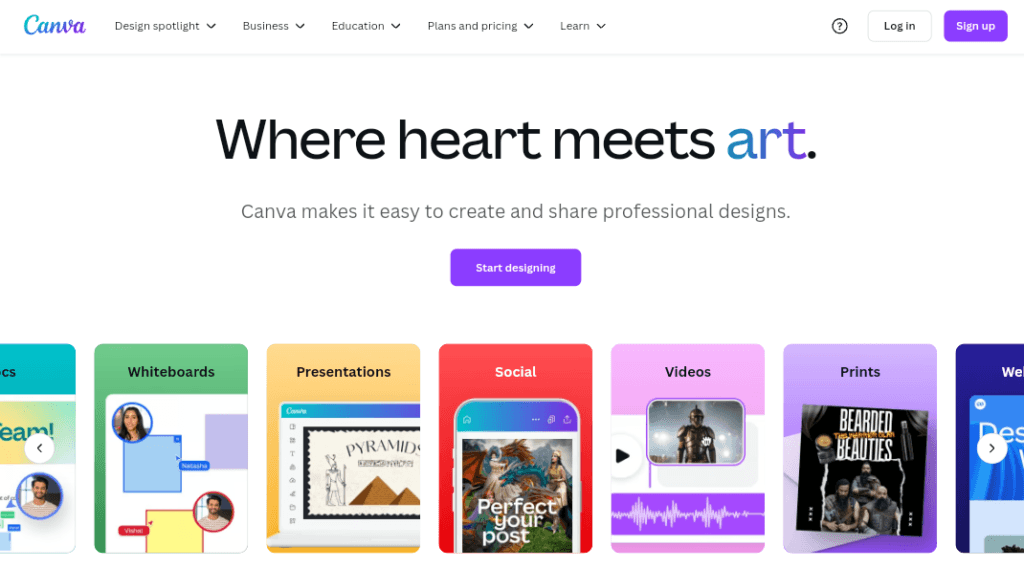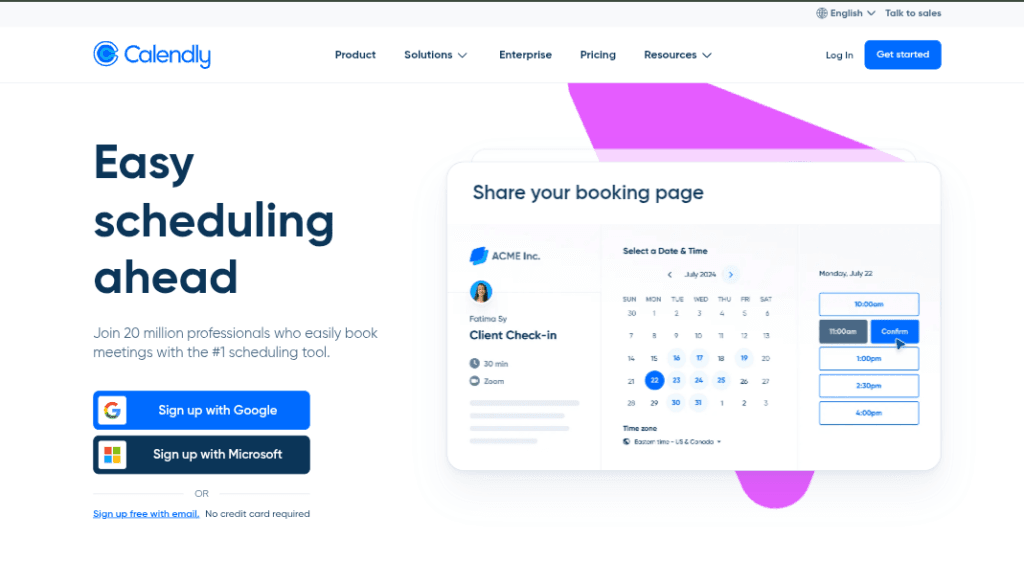
Hiring your first (or next) employee is a make-or-break moment for small businesses. With 33% of SMBs failing due to poor hiring decisions (U.S. Bureau of Labor Statistics), getting this right is critical. This guide combines actionable strategies, compliance checklists, and insider tips to help you attract, vet, and retain talent that grows your business.
Key Takeaways
- Define clear roles to avoid costly mismatches (43% of failed hires stem from poor job descriptions).
- Use free/affordable tools to compete with bigger companies.
- Master “skills-based hiring” to prioritize ability over pedigree.
- Avoid legal pitfalls with a 5-point compliance checklist.
- Retain top talent with non-monetary perks (88% of employees value flexibility over a 10% raise).
Step 1: Assess Your Hiring Needs
Why This Matters:
Hiring without clarity is like building a house without a blueprint—costly and chaotic. A Harvard Business Review study found that 64% of small businesses regret hires due to misaligned role expectations. Start by asking: “What problem will this hire solve?”
Scenarios & Solutions
| Scenario | Immediate Action | Long-Term Strategy |
|---|---|---|
| Founder Overwhelm | Hire a part-time virtual assistant (VA) to handle emails, scheduling, and invoicing. Platforms like Upwork or Fiverr offer vetted freelancers for 15–15–30/hr. | Automate repetitive tasks first (e.g., use Zapier for workflows). Reassess workload quarterly. |
| Scaling Sales | Bring in a commission-based sales rep. Example: Offer 10% of closed deals with no base salary to minimize risk. | Invest in CRM tools (HubSpot Free Tier) to track leads before hiring full-time. |
| Skill Gaps (e.g., web design) | Hire a freelance specialist for short-term projects (e.g., 99designs for logos, Toptal for developers). | Cross-train existing staff using platforms like LinkedIn Learning ($29.99/month). |
Workload Audit Template
- List Tasks (2-Week Log):
- Track time spent daily on Core Tasks (e.g., client acquisition) vs. Admin Tasks (e.g., bookkeeping).
- Example: Sarah’s Bakery realized 12 hrs/week went to social media—outsourced it to a $20/hr freelancer.
- Categorize by ROI:
- High-ROI Tasks: Owner-only (e.g., client negotiations).
- Low-ROI Tasks: Delegate or automate (e.g., inventory management via Square POS).
- Prioritize Roles:
- Urgent Hire: Tasks causing burnout or customer complaints.
- Strategic Hire: Roles driving future growth (e.g., SEO specialist).
Pro Tip: Use the Eisenhower Matrix to classify tasks as Urgent/Important and delegate accordingly.
Step 2: Craft Job Descriptions That Attract the Right Candidates
The Cost of Vagueness:
Vague job posts attract mismatched applicants. A LinkedIn survey found that 72% of hiring managers waste time screening unqualified candidates due to poor descriptions.
Anatomy of a Winning Job Description
- Job Title:
- Bad: “Marketing Ninja”
- Good: “Social Media Manager (Part-Time, Remote)”
- Role Summary:
- Example: “Boost our online presence by creating 8 engaging posts/month for Instagram and TikTok, increasing followers by 20% in 3 months.”
- Responsibilities:
- Use bullet points and action verbs:
- “Design graphics using Canva (templates provided).”
- “Analyze engagement metrics weekly with Meta Business Suite.”
- Use bullet points and action verbs:
- Qualifications:
- Skills-Based: “Basic video editing (iMovie/CapCut OK!)” > “Bachelor’s degree required.”
- Culture Fit: “Thrives in a collaborative, fast-paced environment.”
- Perks & Growth:
- Example: “Flexible hours + $300/year stipend for professional development courses.”
Tools to Optimize Your Post
- Grammarly: Eliminate jargon and passive voice.
- Gender Decoder: Check for unintentionally biased language.
Case Study: Beanstalk Marketing redesigned their job posts to focus on skills and flexibility. Applications from qualified candidates increased by 40%, and hire retention improved by 6 months.
Step 3: Source Candidates on a Budget
Why Traditional Methods Fail:
Posting on LinkedIn or Indeed can cost $500+/month—a stretch for small budgets. Instead, tap into niche communities and leverage free tools.
Proven Channels for Small Businesses
- Local Networks:
- College Career Centers: Partner with nearby universities for internships or entry-level roles.
- Chamber of Commerce Events: Network with local professionals (e.g., “Small Business Hiring Mixer”).
- Social Media:
- LinkedIn: Post a “Hiring” carousel with team photos and role highlights. Use hashtags like #SmallBusinessJobs.
- Instagram: Share employee testimonials. Example: @MikesCoffeeRoasters posts “Barista Spotlight” reels, tagging #NowHiring.
- Niche Job Boards:
- We Work Remotely ($299/post): For remote roles.
- Authentic Jobs ($229/post): Creative/tech talent.
Free Sourcing Hacks
- Employee Referrals: Offer a $500 Amazon gift card for successful hires (cheaper than agency fees).
- Google for Jobs: Embed a careers page on your website, and Google auto-lists it for free.
Toolkit:
- Canva: Design eye-catching social media job ads in minutes.

- Calendly: Let candidates self-schedule interviews to reduce back-and-forth emails.

Red Flag Alert: Avoid candidates who apply for every role indiscriminately. Target those who mention your business or values in their application.
Step 4: Conduct Interviews That Reveal True Fit

Why This Matters:
A bad hire costs 30% of the employee’s first-year salary (U.S. Department of Labor). Structured interviews reduce mis-hires by 62% (Harvard Business Review).
Interview Formats to Uncover Skills & Culture Fit
- Behavioral Interviews:
- Ask: “Describe a time you handled a difficult client. What steps did you take?”
- Goal: Assess problem-solving and emotional intelligence.
- Skills Assessments:
- For marketers: “Draft a 3-post Instagram plan for our product.”
- For developers: Debug a sample code snippet (use CoderPad for real-time tests).
- Culture Fit Scenarios:
- Example: “How would you respond if a teammate missed a deadline?”
- Red Flag: Answers that blame others vs. collaborative solutions.
Interview Scorecard Template
| Criteria | Rating (1-5) | Notes |
|---|---|---|
| Technical Skills | 4 | Strong SEO knowledge. |
| Communication | 3 | Needs clearer articulation. |
| Cultural Alignment | 5 | Values teamwork. |
Pro Tips:
- Involve the team: Have a future peer join the second interview.
- Use Spark Hire to record interviews and compare candidates objectively.
Case Study: Green Thumb Landscaping reduced turnover by 40% after implementing skills-based assessments for hires.
Step 5: Make an Offer They Can’t Refuse
Why This Matters:
56% of candidates reject offers due to poor negotiation processes (SHRM). Balance fairness and creativity to win talent.
Negotiation Strategies for Small Budgets
- Salary Flexibility:
- Example: Offer: $45K base + $5K performance bonus vs. $50K flat.
- Equity or Profit-Sharing:
- Startup Hack: Offer 0.5–2% equity for key roles (use Carta to manage grants).
- Non-Monetary Perks:
- Flexible Hours: 4-day workweeks or remote Fridays.
- Learning Stipends: $500/year for courses (e.g., Coursera).
Sample Offer Letter Structure
- Role & Compensation:
- “Social Media Manager: $50K/year + $3K annual bonus based on KPIs.
- Benefits:
- “100% remote work + $200/month wellness stipend.”
- Growth Opportunities:
- “Quarterly reviews for promotion pathways.”
Tool: HelloSign for legally binding e-signatures (free for basic use).
Red Flag Alert: Avoid vague promises like “potential for growth.” Specify timelines (e.g., “Promotion review at 12 months”).
Unsure how to structure pay cycles or deductions? Our guide on paying employees legally and efficiently covers everything from direct deposit to tax filings.
Step 6: Onboard for Day-One Success
Why This Matters:
Employees with structured onboarding are 58% more likely to stay 3+ years (BambooHR).
30-Day Onboarding Roadmap
- Day 1:
- Virtual office tour (use Matterport for 3D walkthroughs).
- Assign a “buddy” for Q&A.
- Week 1:
- Role-specific training (e.g., HubSpot Academy for marketers).
- Set 30/60/90-day goals together.
- Day 30:
- Feedback session: “What’s working? What’s confusing?”
Onboarding Toolkit
- Documentation:
- Use Notion to centralize SOPs, team contacts, and tools.
- Engagement:
- Schedule virtual coffee chats with cross-functional teams.
- Feedback Loop:
- Send a 5-question survey via SurveyMonkey after Week 1.
Case Study: TechTonic Solutions cut time-to-productivity by 50% using gamified onboarding modules on TalentLMS.
Share payment timelines and tax forms during onboarding. New to managing employee payments ? Our breakdown of payroll best practices simplifies everything from deductions to compliance.
Legal Checklist: Avoid Costly Mistakes
Why This Matters:
Non-compliance can lead to fines up to $10,000+ per violation (U.S. DOL). Protect your business with these safeguards.
1. Employee vs. Contractor Classification
Risk: Misclassifying employees as contractors can trigger IRS audits and back taxes.
- Employee: Controls work hours/tools, receives benefits.
- Contractor: Sets own schedule, uses personal tools.
Action Steps:- Use the IRS SS-8 Form to determine status.
- For contractors, draft a Scope of Work agreement outlining deliverables.
Case Study: BrightWorks Design paid $25k in penalties after misclassifying full-time designers as freelancers.
2. Required Documentation
Forms to Collect:
- Federal: I-9 (identity verification), W-4 (tax withholding).
- State: Varies—e.g., California requires DE 4 Form.
Tool: Use Gusto to auto-generate and store forms digitally.
Common Mistake: Failing to update I-9s within 3 days of hire (234–234–2,332 fine per error).
3. Labor Law Posters
Requirements: Display federal/state posters (e.g., minimum wage, OSHA).
- Free Download: DOL Poster Advisor.
- Penalty: Up to $7,000 for non-compliance.
Pro Tip: Laminate posters and place them in break rooms or shared digital spaces for remote teams.
For a step-by-step guide to setting up payroll systems that align with labor laws, refer to our detailed walkthrough.
4. Workers’ Compensation Insurance
State Rules: Required in 49 states (Texas exempt).
- Cost: $1.30 per $100 of payroll (National Academy of Social Insurance).
- Provider: Compare quotes via The Hartford or Paychex.
Red Flag: Skipping coverage risks lawsuits from workplace injuries.
5. Background Checks
Legal Limits:
- FCRA Compliance: Disclose checks in writing and get consent.
- Ban-the-Box Laws: 37 states prohibit asking about criminal history upfront.
Tool: Use Checkr ($29/check) for FCRA-compliant screenings.
Tools to Streamline Hiring
Maximize efficiency with affordable, small-business-friendly platforms:
1. Applicant Tracking Systems (ATS)
| Tool | Best For | Cost | Key Feature |
|---|---|---|---|
| Zoho Recruit | Basic needs | Free (1 job post) | AI resume parsing |
| BambooHR | Growing teams | $6/employee/month | Onboarding workflows |
| Workable | High-volume hiring | $149/month | 700+ job board integrations |
Pro Tip: Sync your ATS with Calendly to auto-schedule interviews.
2. Payroll & Tax Compliance
| Tool | Best For | Cost | Standout Feature |
|---|---|---|---|
| Gusto | Startups | $39/month + $6 per employee | Auto-files taxes in 50 states |
| QuickBooks Payroll | Existing QuickBooks users | $45/month + $6 per employee | Same-day direct deposit |
| Wave | Solopreneurs | Free | Unlimited contractors |
Case Study: Café Mocha saved 8 hours/month switching from manual Excel sheets to Gusto.
3. Legal Document Management
| Tool | Best For | Cost | Template Library |
|---|---|---|---|
| Rocket Lawyer | Routine contracts | $39.99/month | NDAs, offer letters |
| LegalZoom | LLC/Corp formation | $99+ one-time fee | Business licensing guides |
| Docracy | Free templates | Free | 1,000+ customizable docs |
Pro Tip: Use DocuSign ($10/month) for legally binding e-signatures.
4. Compliance & Training
| Tool | Purpose | Cost | Why It’s Unique |
|---|---|---|---|
| Traliant | Harassment training | $25/employee/year | State-specific modules |
| OnPay | HR compliance | $36/month + $4 per employee | Built-in OSHA reporting |
| Trainual | SOP documentation | $250/month | AI-powered process mapping |
Final Checklist Template
✅ Classify workers correctly (Employee vs. Contractor)
✅ Display federal/state labor posters
✅ Secure workers’ comp insurance
✅ Run FCRA-compliant background checks
✅ Use e-signature tools for documentation
Conclusion
Hiring for your small business isn’t about finding the “perfect” candidate—it’s about finding the right fit for your stage. Focus on growth potential, cultural alignment, and clear communication.
FAQs
What if I can’t offer health insurance?
55% of small businesses use health stipends (200–500/month) instead.

